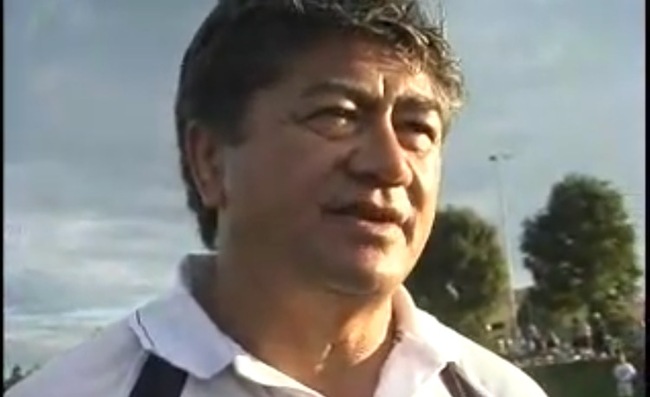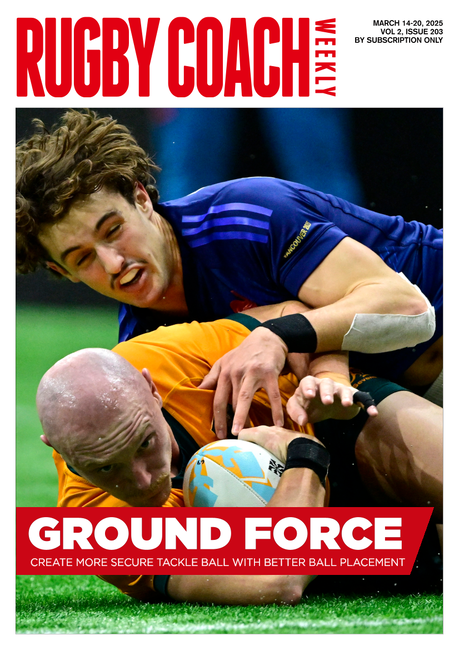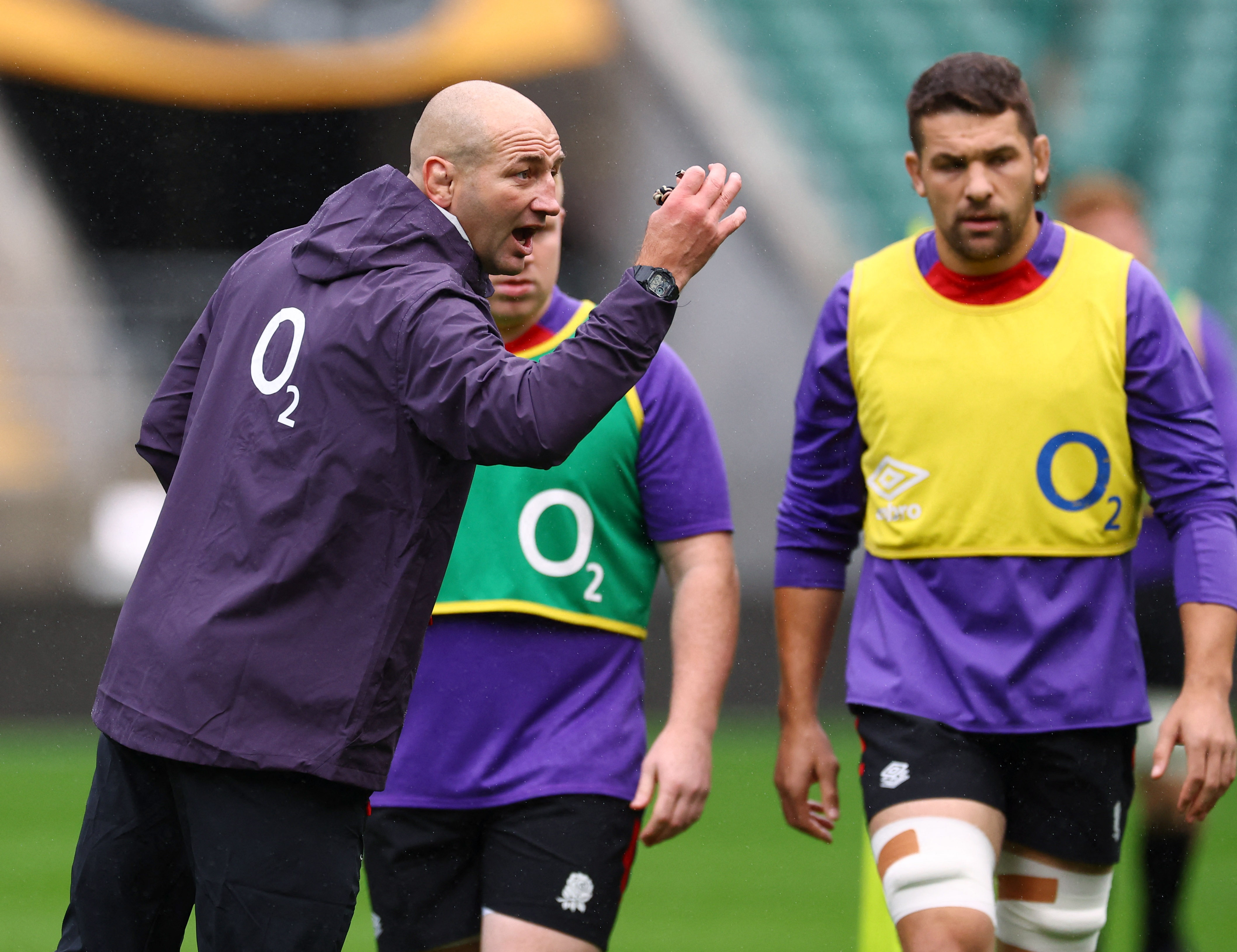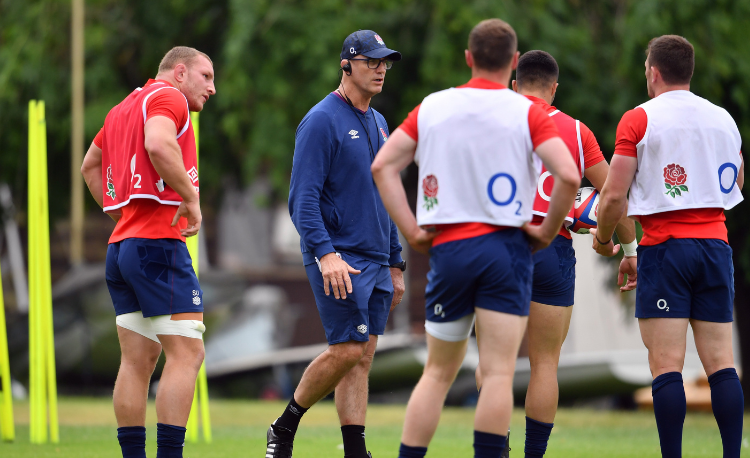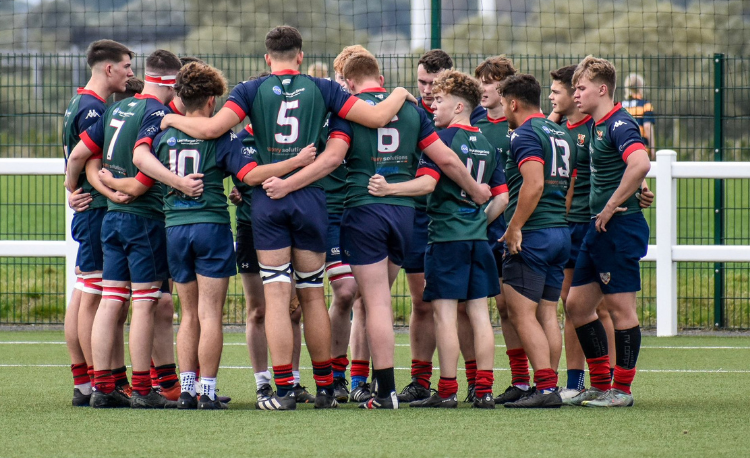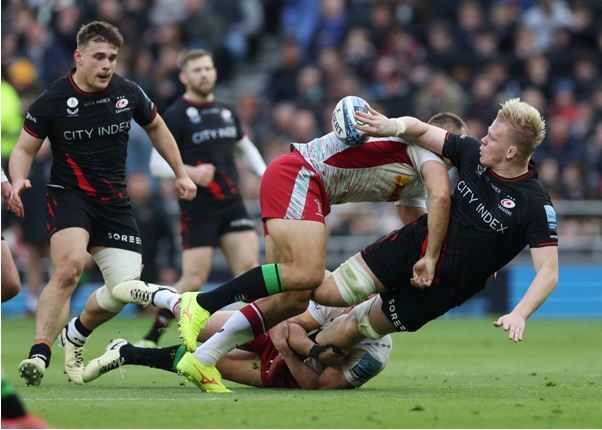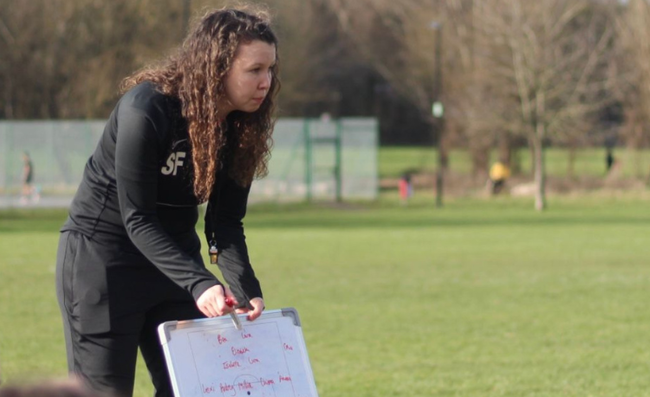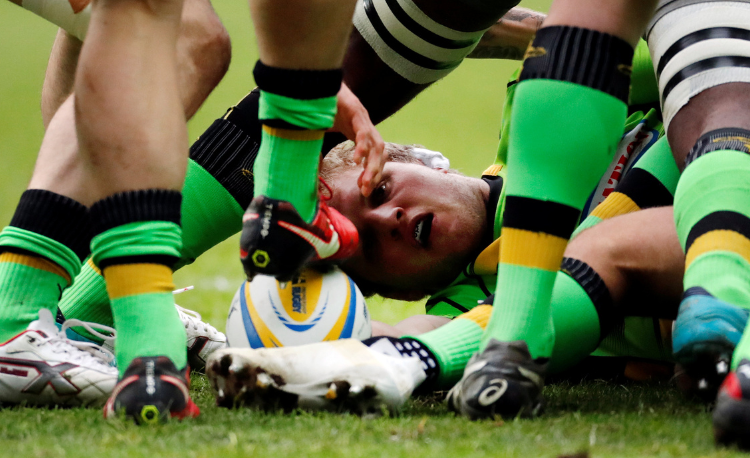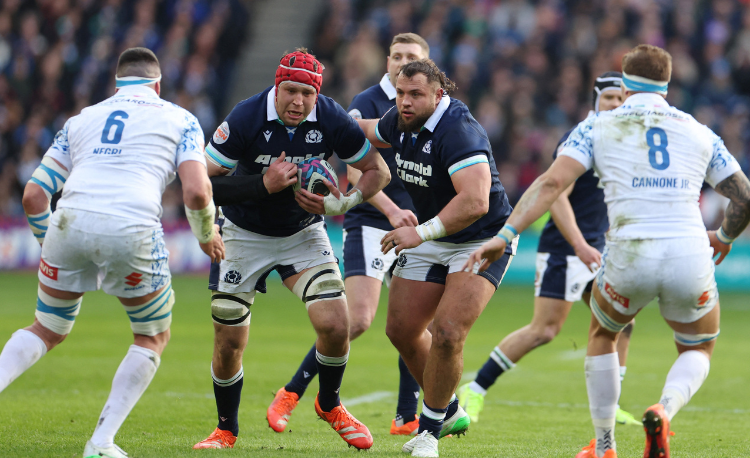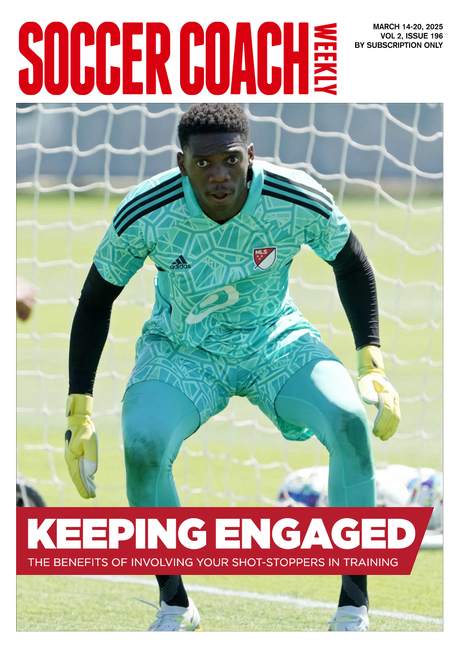Turn underdogs into winners
By Jim Love, a former coach of Viadana in Italy and the New Zealand Maoris. He is now head of the New Zealand Sports Academy.
In just six days I helped shape the US Falcons, who were vying for international honours, beat a Canadian team boasting nine internationals. And here is how.
Be prepared, be professional
With only six days before the first game for a team that had never previously played together it was important to be prepared, professional, effective and efficient.
Every one of the six days and beyond was planned so I knew what was happening, and, more importantly, the players knew exactly what was happening to them.
And we want to treat the players as professionals – this meant that the players only needed to think about training and playing. All their kit and equipment needs were provided for so there was no waiting around or setting up. Objectives were clearly defined before every session.
This level of readiness can be translated into every level of club and team training. Time with a team is always limited. With players, coaches and equipment organised, we could maximise this time together.
One thought, one practice
One of my golden rules in coaching is not to overload the players, whatever the level. Each practice concentrated on one aspect of the game, whether it be restarts, defence or back row moves.
Set piece – the whole team
We had one very physical scrummaging session, and lineout moves were practised in the players’ own time, under my guidance.
Otherwise, set piece was practised as a whole team during training time. When the whole team is together, I like them to run together and get to know more about each other.
The US Falcons was a scratch team – many had only played against each other, and rarely together. At club and school level, I would suggest a similar pattern.
The backs and forwards should rarely "split" in the guts of a training session, but practise their moves on either end of the practice or meet separately.
My first meeting – get the environment right
When I met the players for the first time, I set out my philosophy. Those who have been regular readers of this column will know how much I emphasise getting the environment right.
A positive environment allows players to express themselves. I asked them to enjoy their rugby, have fun and trust in each other (and me!)
Train hard, recover twice as hard
A team should be professional not just before and during training, but after as well. We had to play a game at the end of the week and we needed everyone to be fit. Therefore we made sure there were good facilities to aid the recovery process.
Warm downs were followed by contrast baths (hot and cold), stretching and work with the medical team. Showers, stretching and proper hydration and diet can be carried out by all teams.
If players are feeling stiff the next day, then the coach has to reappraise their systems.
Summary
- Treat the players as professionals – and be professional yourself.
- Don’t jam too much into one practice.
- When the whole team is together, practice together – leave set piece to the beginning and end of practice.
- Get the environment right first – enjoyment, trust and positive.
- Recovery is vital – spend as much time as possible on this area.
Newsletter Sign Up
Coaches Testimonials

Gerald Kearney, Downtown Las Vegas Soccer Club

Paul Butler, Florida, USA

Rick Shields, Springboro, USA

Tony Green, Pierrefonds Titans, Quebec, Canada
Subscribe Today
Be a more effective, more successful rugby coach
In a recent survey 89% of subscribers said Rugby Coach Weekly makes them more confident, 91% said Rugby Coach Weekly makes them a more effective coach and 93% said Rugby Coach Weekly makes them more inspired.
Get Weekly Inspiration
All the latest techniques and approaches
Rugby Coach Weekly offers proven and easy to use rugby drills, coaching sessions, practice plans, small-sided games, warm-ups, training tips and advice.
We've been at the cutting edge of rugby coaching since we launched in 2005, creating resources for the grassroots youth coach, following best practice from around the world and insights from the professional game.
